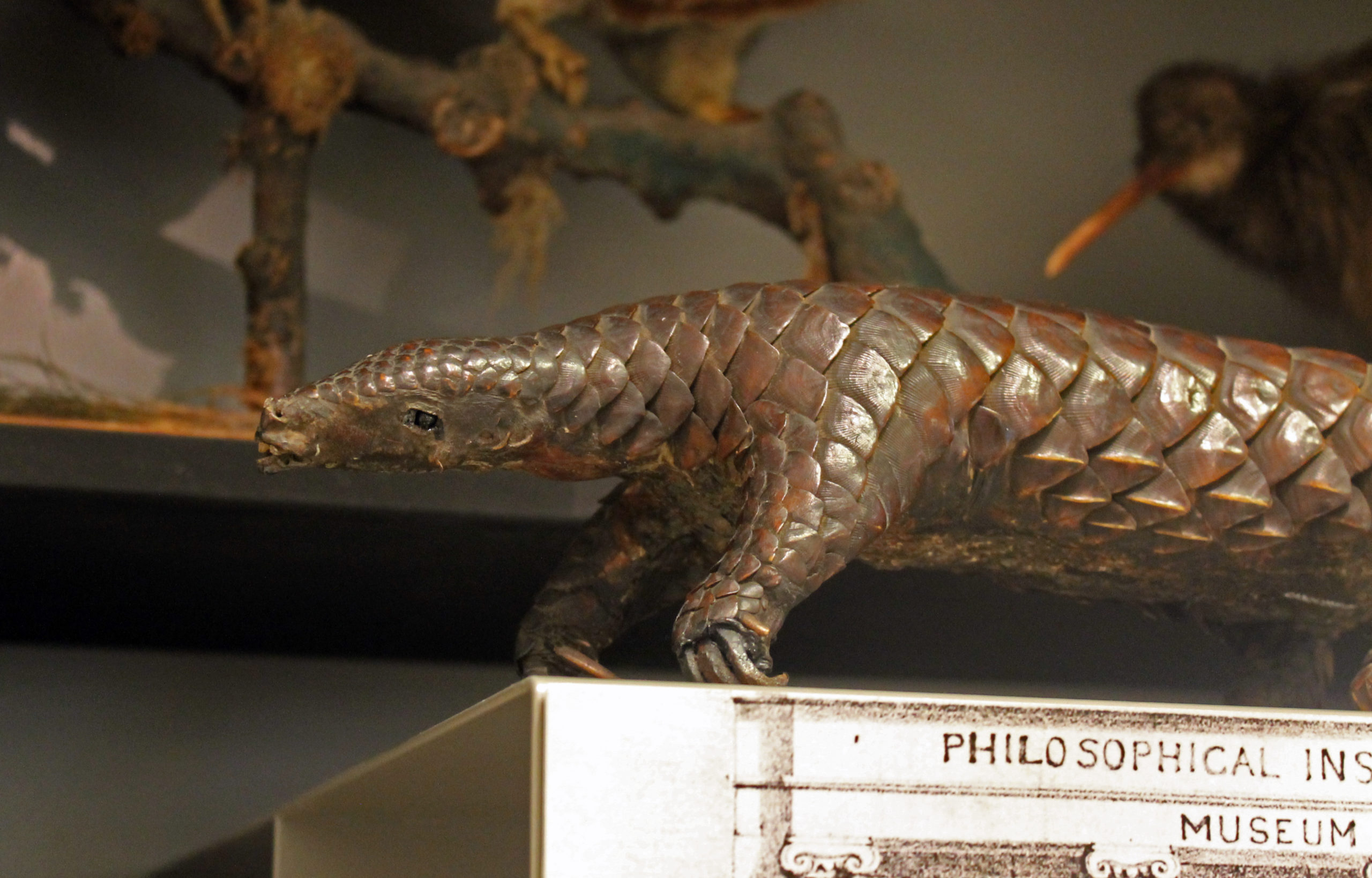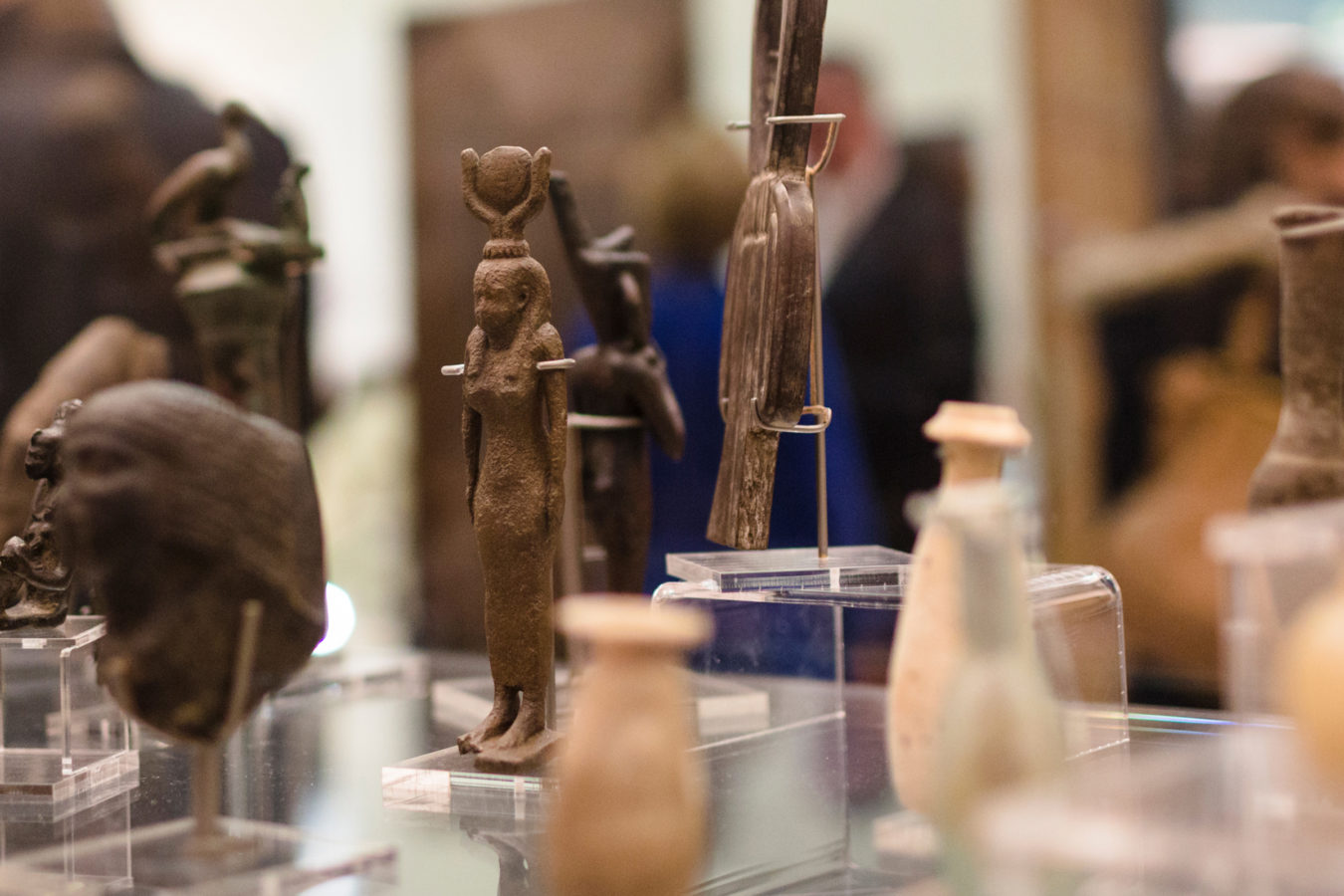
Chinese Pangolin
Befitting the ethos of the Cabinet, this Chinese Pangolin is indeed an unusual treat for the eyes...
The lost expedition was a British voyage of Arctic exploration led by Captain Sir John Franklin in 1845. After a few early fatalities, the two ships became icebound in Victoria Strait in the Canadian Arctic. The entire expedition of 129 men, including Franklin, was lost.
In 1848 the Admiralty launched a search for the missing expedition, during which the narwhal tusk on display was presumably found. Tragically, the majority of the lost men were found dead on Beechey and King William Island.
A series of scientific studies on the bodies suggest the men died of hypothermia, starvation, lead poisoning and disease including scurvy, along with general exposure to a hostile environment whilst lacking adequate clothing and nutrition. Cut marks on some of the human bones even suggested men had fallen prey to cannibalism.
Despite the expedition’s failure and the reports of cannibalism, the Victorian media portrayed Franklin as a hero and he became the subject of many artistic works.
Now back to the subject in question. For those envisioning an ocean-dwelling unicorn-esque creature, the narwhal is actually a medium-sized toothed whale which possesses a large tusk from a protruding canine tooth.
It lives year-round in the Arctic waters around Greenland, Canada, and Russia. For both sexes, excluding the male’s tusk, the total body size can range from 3.9 to 5.5 metres. Their tusks grow throughout life, reaching lengths from about 1.5 to 3.1 metres. Only one in every 500 males has two tusks.
Narwhal meat has been harvested by the Inuit people in Greenland and Canada for over a thousand years. You can learn more about these fascinating creatures by watching the episode ‘Arctic’ from the BBC series “Human Planet”.
Did you know? In medieval and Renaissance times, the tusk of the narwhal was sometimes sold as unicorn horn. Due to the narwhal tusk’s incredible size one must assume that the seller cut it down to size, or else the legendary Unicorn would have been at least four times the size of a regular horse!
